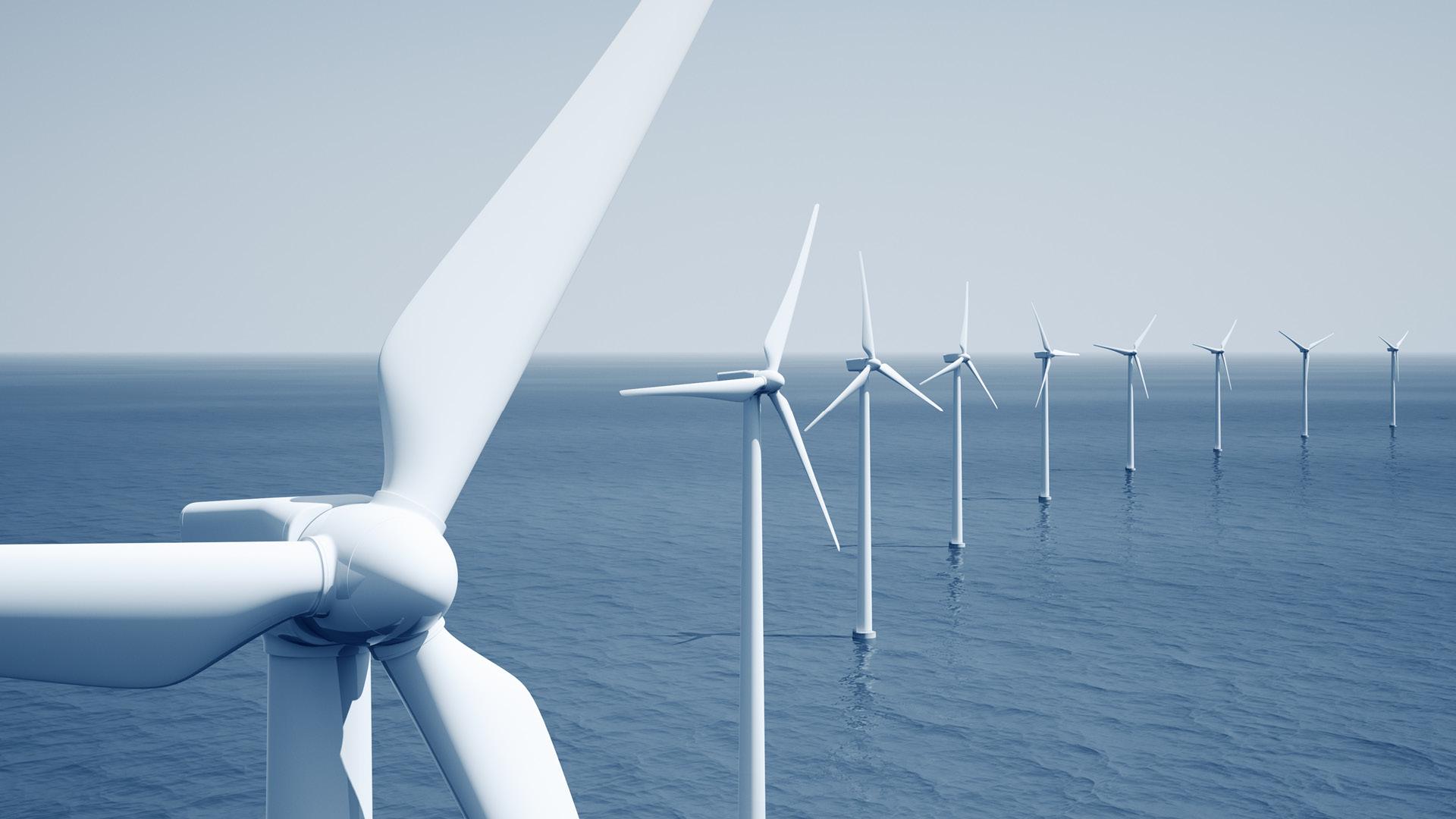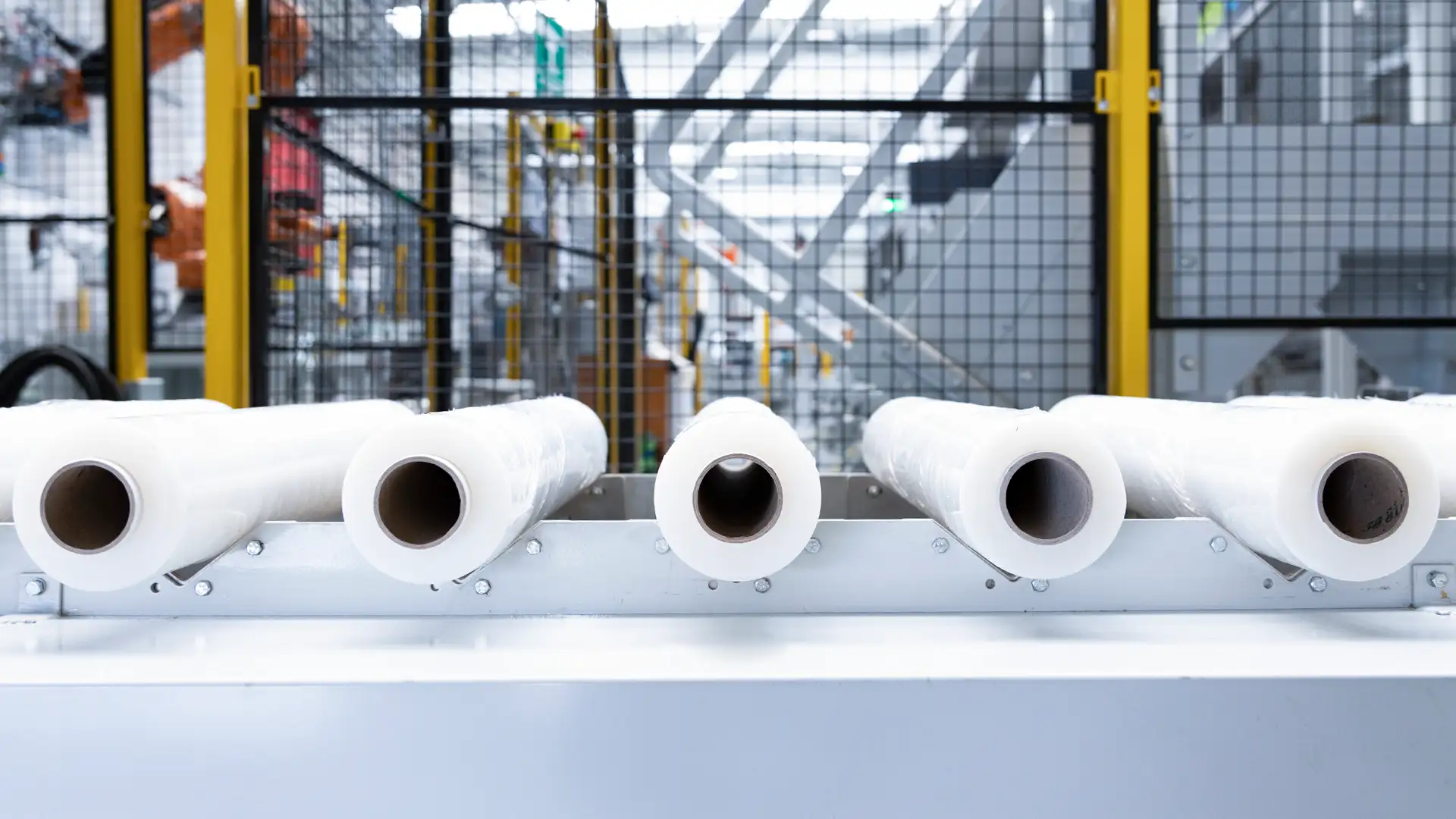High technology, often abbreviated as “high-tech,” refers to cutting-edge technology that is at the forefront of scientific and technological advancement. It encompasses a broad range of fields, from electronics and computers to biotechnology and nanotechnology.
Key Characteristics of High Technology:
- Advanced Scientific Knowledge: High technology relies heavily on advanced scientific research and development, often pushing the boundaries of human understanding in fields like physics, chemistry, and biology.
- Complex Systems: High-tech products and systems are often highly complex, involving intricate engineering and sophisticated software.
- Rapid Innovation: The field of high technology is characterized by rapid innovation and continuous development, with new technologies emerging and evolving at an unprecedented pace.
- High-Value Products: High-tech products and services often command high value due to their advanced features, performance, and innovative capabilities.
Examples of High Technology:
- Information Technology (IT): Computers, smartphones, the internet, artificial intelligence, cloud computing, and big data analytics.
- Biotechnology: Genetic engineering, gene therapy, pharmaceuticals, and biotechnology-based agriculture.
- Nanotechnology: Manipulation of matter on an atomic and molecular scale.
- Aerospace Technology: Aircraft, spacecraft, and related technologies, including satellite systems and space exploration.
- Robotics and Automation: Robots, automated systems, and artificial intelligence in manufacturing and other industries.
The Impact of High Technology:
High technology has had a profound impact on society, revolutionizing many aspects of our lives:
- Improved Healthcare: Advances in medical technology have led to significant improvements in healthcare, including the development of life-saving drugs, medical imaging technologies, and minimally invasive surgical procedures.
- Increased Productivity: High-tech tools and technologies have dramatically increased productivity in various sectors, from manufacturing and agriculture to transportation and communication.
- Enhanced Communication: High-tech communication technologies have connected people across the globe, facilitating the exchange of information and fostering global collaboration.
- Improved Quality of Life: High technology has led to the development of numerous products and services that enhance our daily lives, from entertainment and leisure to education and personal safety.
High technology continues to evolve at a rapid pace, shaping the future of our world in ways that are both exciting and challenging. As we navigate this era of unprecedented technological advancement, it is crucial to address the ethical, social, and environmental implications of these technologies while harnessing their potential to create a better future for all.







